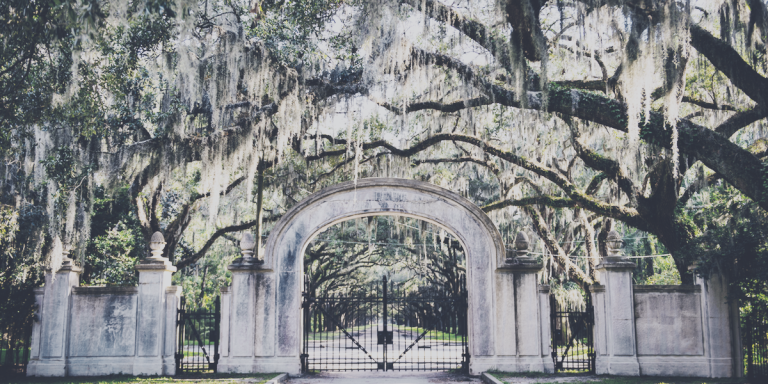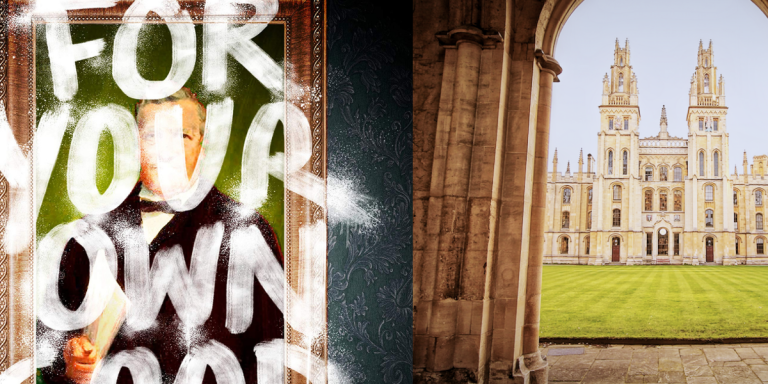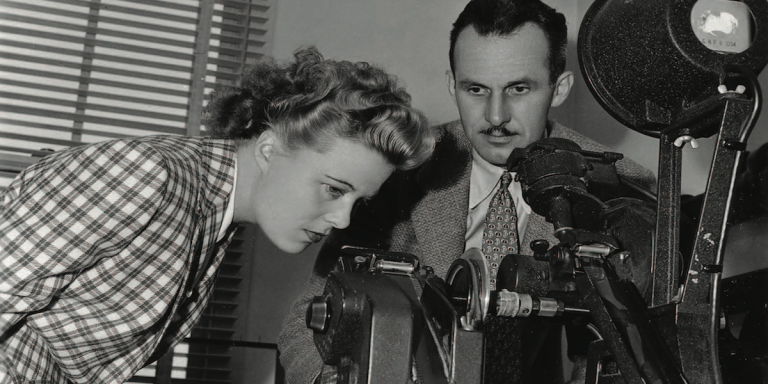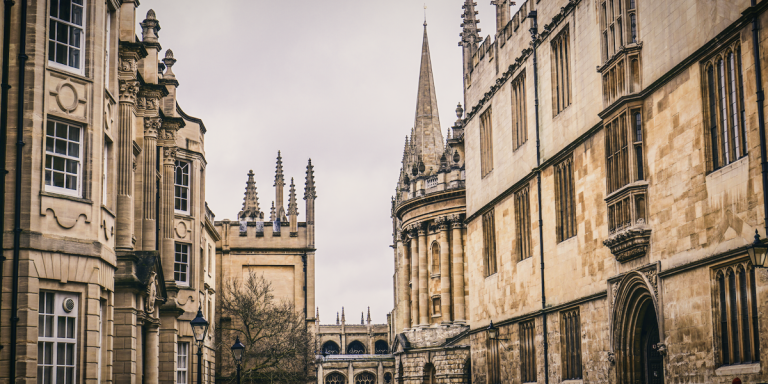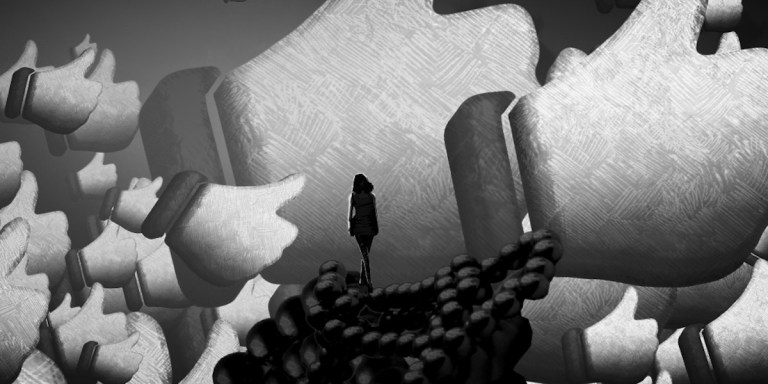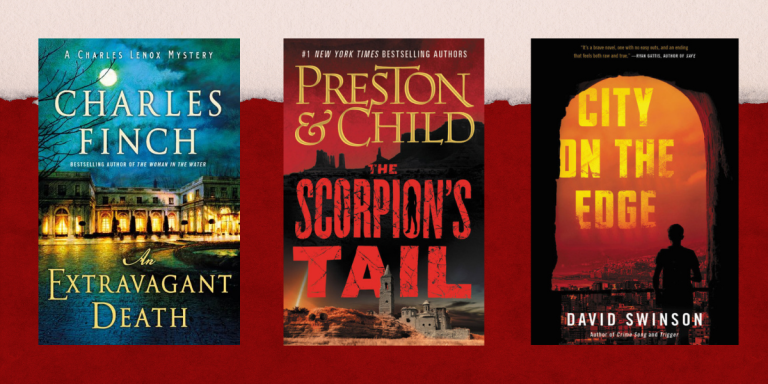Secret Societies and Their Role in Crime Fiction
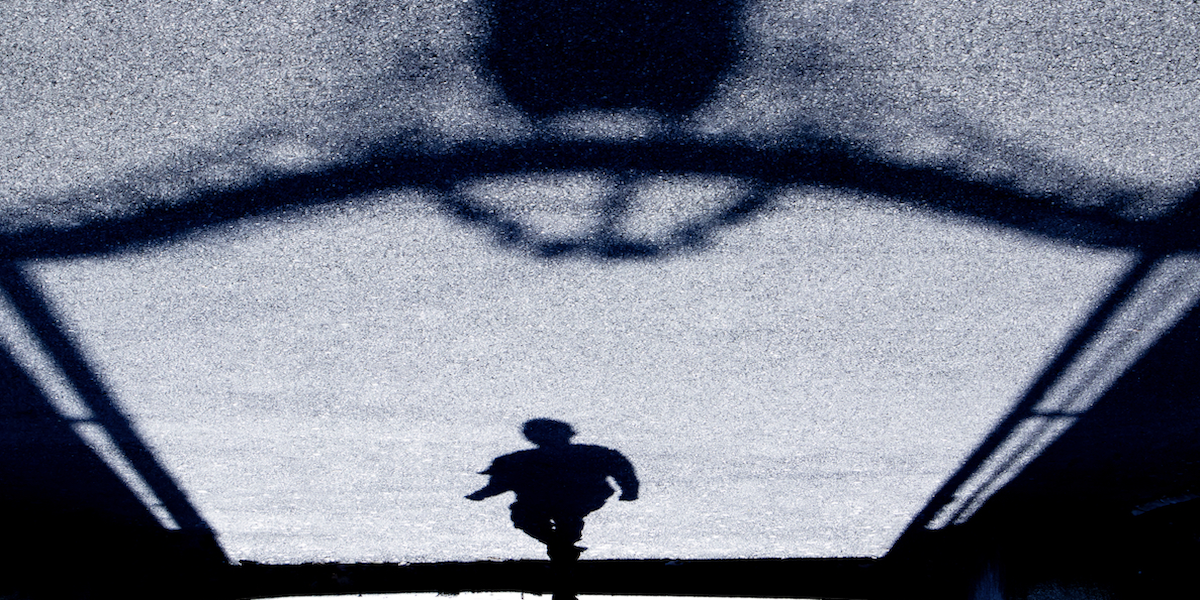 Secret societies have a long history in crime fiction. The crime genre has gone through several distinct phases and changed significantly over the last two centuries. And while secret societies haven’t played as big a role in mystery suspense books as the classic hardboiled detective or the English country manor house has, they’ve played a role nonetheless. The allure of the secret society—hidden underground organizations with elite members, shadowy purposes, and mysterious symbolism—is excellent fodder for suspense. Crime writers have been utilizing the inherent appeal of secret societies in their novels since the mid-1800s.
Secret societies have a long history in crime fiction. The crime genre has gone through several distinct phases and changed significantly over the last two centuries. And while secret societies haven’t played as big a role in mystery suspense books as the classic hardboiled detective or the English country manor house has, they’ve played a role nonetheless. The allure of the secret society—hidden underground organizations with elite members, shadowy purposes, and mysterious symbolism—is excellent fodder for suspense. Crime writers have been utilizing the inherent appeal of secret societies in their novels since the mid-1800s.
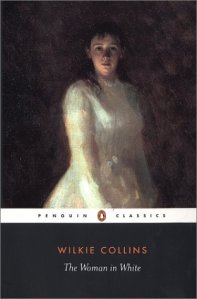 While it’s hard to pinpoint exactly when the first secret society appeared in crime fiction, certainly one of the earliest mentions of such a society is in Wilkie Collins’s classic 1859 detective novel, The Woman in White. The unscrupulous character Count Fosco, who by turns aids and hinders the woman at the center of the novel, is running from an Italian secret society known as the Brotherhood, after betraying one of its members. Though this nationalist organization only plays a small role in the novel, its presence adds to the book’s overall atmosphere of Gothic horror.
While it’s hard to pinpoint exactly when the first secret society appeared in crime fiction, certainly one of the earliest mentions of such a society is in Wilkie Collins’s classic 1859 detective novel, The Woman in White. The unscrupulous character Count Fosco, who by turns aids and hinders the woman at the center of the novel, is running from an Italian secret society known as the Brotherhood, after betraying one of its members. Though this nationalist organization only plays a small role in the novel, its presence adds to the book’s overall atmosphere of Gothic horror.
Another example of a secret society in early mystery books appears in G.K. Chestertons’s The Man Who Was Thursday, published in 1908. The story focuses on Gabriel Syme, an undercover detective who becomes involved in a secret anarchist society known as the Council of Anarchists. The Council is comprised of seven members, all of whom call themselves by the names of days of the week. Chesterton uses this made-up secret society to explore issues of politics and identity in early 20th century England.
Mysteries involving secret societies were not hugely popular during the Golden Age of Detective Fiction, the 1920s and 1930s. Whodunits, murder mysteries, and detective stories set at sprawling country manors made up the bulk of the crime fiction published during this time. The focus of many of these novels was often on the mystery itself—the clues and evidence—rather than on characters and atmosphere.
However, Agatha Christie, the Queen of Mystery herself, did write at least one novel featuring a secret society. The Seven Dials Mystery, published in 1929, features the Seven Dials, an underground group of spies and citizens who go about catching criminals and doing undercover work for the government.
Secret societies started to appear more frequently in the crime fiction of the 1970s and 1980s, during the rise of hardboiled detective novels in America. The Bourne Identity by Robert Ludlum (1980), one of the most popular spy thrillers of all time, features several shadowy organizations, as well as a protagonist with amnesia who must uncover his true identity and who he works for.
Foucault’s Pendulum by Umberto Eco, published in 1988, represents another kind of secret society often seen in mysteries. The novel focuses on several occult societies, both real and imagined, and the danger they pose to the novel’s protagonists. The Last Templar by Raymond Khoury, published much later in 2005, is another example of this kind of novel. It deals with the Templar Knights and their imagined presence in contemporary New York. Occult and supernatural societies like this still appear in both historical and contemporary thrillers today. By far the most popular book of this kind is Angels & Demons by Dan Brown (2000), the first novel in his bestselling Robert Langdon mystery series.
In recent years, there has been an explosion of character-driven crime fiction. These novels explore the backstories, motivations, and personal lives of their detective protagonists. Secret societies, with their undeniable allure and promises of power, have begun to appear frequently in crime novels published in the last twenty years. A few prominent examples include Stone Cold by David Baldacci (2007), The Last Oracle by James Rollins (2008), The Rook by Daniel O’Malley (2012), and Hidden Order by Brad Thor (2013),
Perhaps the most famous fictional secret society of the 21st century is the eerie and elite academic organization at the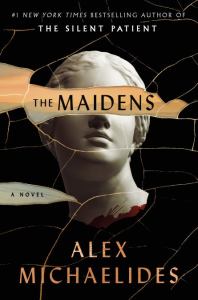 heart of Donna Tartt’s bestselling 1992 novel The Secret History. The Secret History is widely recognized as one of the earliest books in the genre now known as dark academia. Secret societies often feature prominently in dark academia novels, and these books sometimes contain mystery elements as well. While dark academia and crime fiction are separate genres, they do have some overlap. Books such as Ninth House by Leigh Bardugo (2019), Magic for Liars by Sarah Gailey (2019), and The Maidens by Alex Michaelides (2021) all feature secret societies, and blur the lines between mystery, thriller, fantasy, and dark academia.
heart of Donna Tartt’s bestselling 1992 novel The Secret History. The Secret History is widely recognized as one of the earliest books in the genre now known as dark academia. Secret societies often feature prominently in dark academia novels, and these books sometimes contain mystery elements as well. While dark academia and crime fiction are separate genres, they do have some overlap. Books such as Ninth House by Leigh Bardugo (2019), Magic for Liars by Sarah Gailey (2019), and The Maidens by Alex Michaelides (2021) all feature secret societies, and blur the lines between mystery, thriller, fantasy, and dark academia.
The role of secret societies in crime fiction has changed drastically as the genre itself has continued to shift and evolve. But one thing is certain: occult organizations, elite academic clubs, shadowy government organizations, nefarious spy rings, and many more underground societies, both dangerous and begin, have graced the pages of crime novels from the 1850s to today. The subgenre of mysteries, thrillers, and crime fiction that focuses on secret societies is alive and well. It doesn’t look like it’s going anywhere anytime soon.
By clicking 'Sign Up,' I acknowledge that I have read and agree to Hachette Book Group’s Privacy Policy and Terms of Use
What to Read Next
